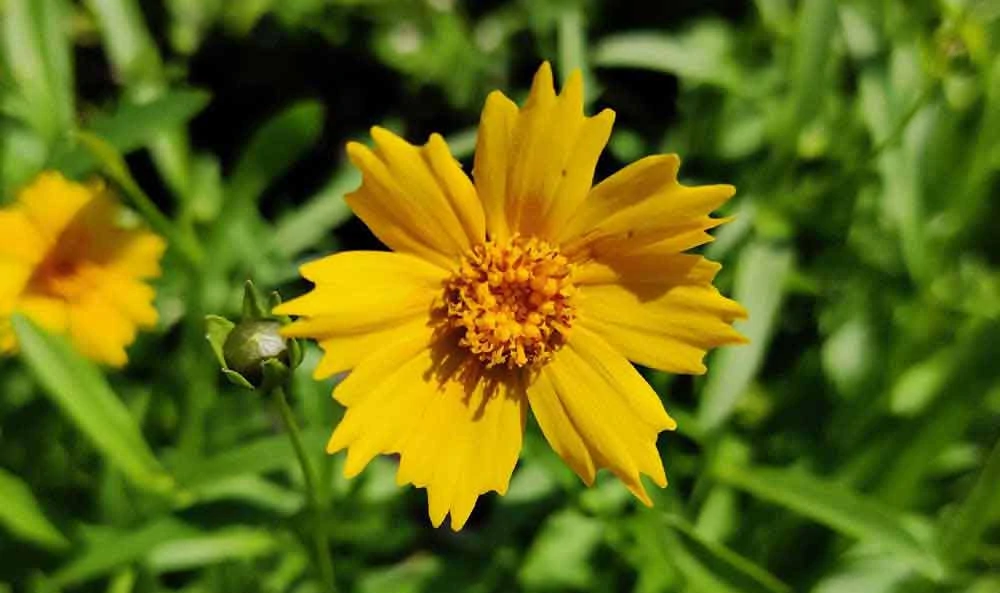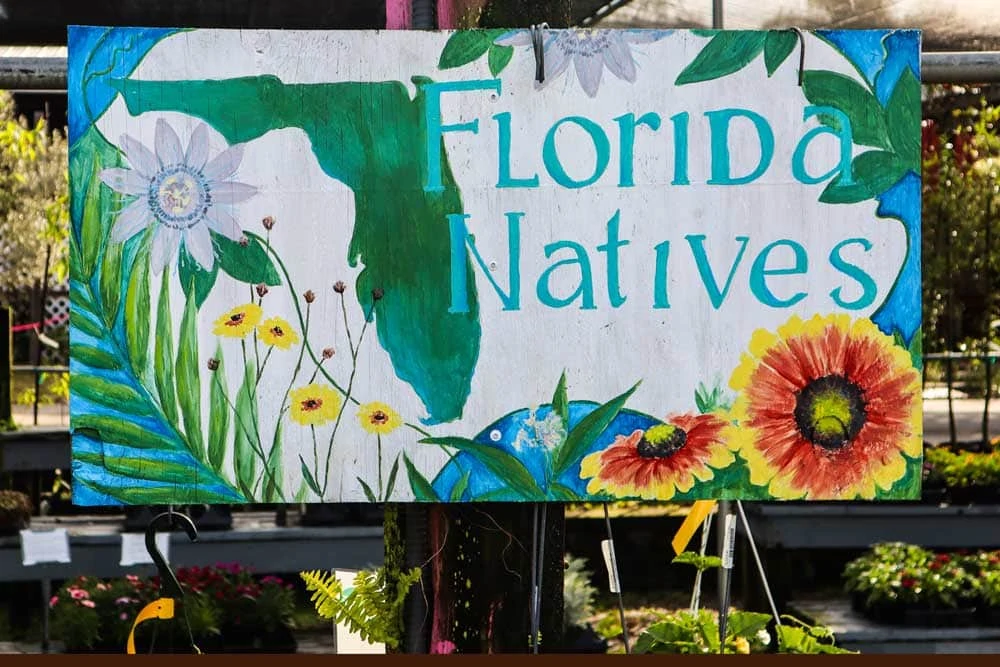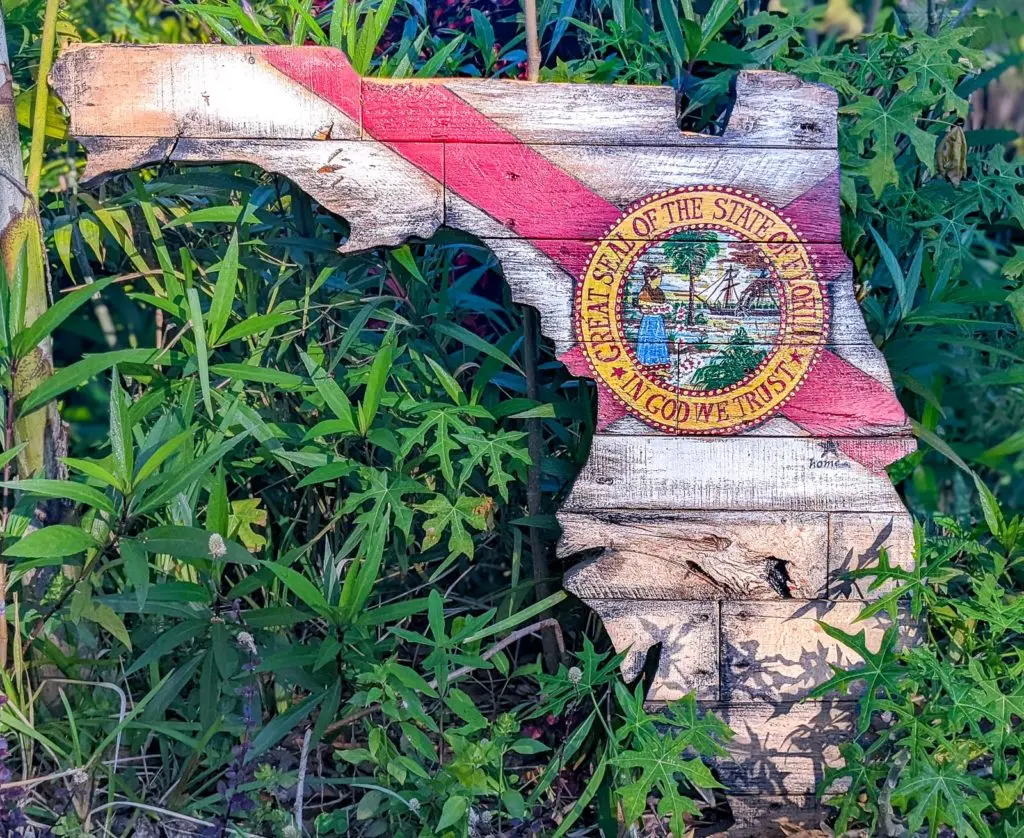by Amanda Rose Newton
Daffodils, with their joyful yellow blossoms, signal the advent of spring and symbolize rebirth and new beginnings. As the traditional birth flower for March, they hold a special place in the hearts of those born in this transitional month.

According to Greek mythology, the flower is named after the beautiful youth, Narcissus, who became so enamored with his reflection that he turned into a flower. This story, coupled with the daffodil’s resilience and the way it heralds spring, mirrors themes of self-reflection and renewal.
However, in the warm weather of Florida, the daffodil’s cultivation can be challenging, prompting the search for a suitable, climate-friendly alternative.
Introducing the Coreopsis: Florida’s State Flower
For Floridians seeking a native alternative to the daffodil, look no further than the coreopsis, also known as tickseed.

This Florida-friendly native is not only the state flower but also embodies the same sunny disposition as the daffodil with its vibrant, yellow blooms. Coreopsis spp. are celebrated for their drought tolerance and ability to thrive in Florida’s sandy soils, making them an excellent choice for gardeners in the Sunshine State.
While the coreopsis doesn’t share the same historical birth month designation as daffodils, its association with cheerfulness, love, and affection resonates with the qualities attributed to March-born individuals.

The native status of coreopsis in Florida also ties it closely to the local landscape, embodying the spirit of renewal and natural beauty as spring unfolds.
Cultivating Coreopsis in Florida
Growing Coreopsis in Florida is rewarding, thanks to its adaptability and minimal care requirements. Here’s how to cultivate this cheerful native:
Light: Coreopsis flourishes in full sun, making it perfect for bright, open spaces in your garden.
Soil: Well-draining soil is ideal, but coreopsis is notably adaptable and can thrive in Florida’s sandy conditions.
Watering: Established plants are drought-tolerant, though regular watering during the first growing season helps to establish a robust root system.
Maintenance: Deadheading spent blooms can encourage a longer flowering season. While generally low-maintenance, occasional trimming helps maintain vigor and shape.
Planting: Space plants according to the variety’s spread. Most coreopsis will benefit from spacing about 12 to 18 inches apart, allowing for ample growth.
Celebrating March with Coreopsis
Choosing Coreopsis as a Florida-friendly alternative to the March birth flower introduces a native element to your garden that resonates with the state’s natural heritage.

Its easy care and bright, cheerful flowers offer a nod to the traditional symbolism of March birthdays while aligning with sustainable gardening practices. Coreopsis not only enriches the garden visually, but it also supports local pollinators, adding to the ecological health of your home environment.
Embrace the spirit of March and the transition to spring with coreopsis, a flower that captures the essence of rebirth, cheerfulness, and the enduring beauty of Florida’s native landscape.


